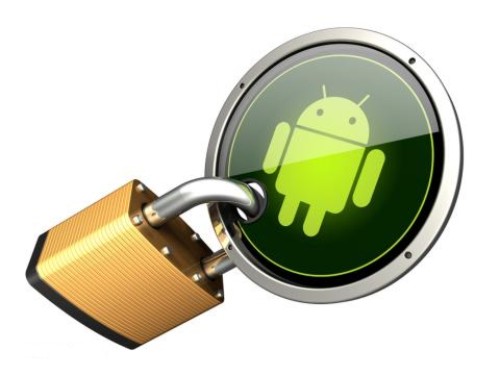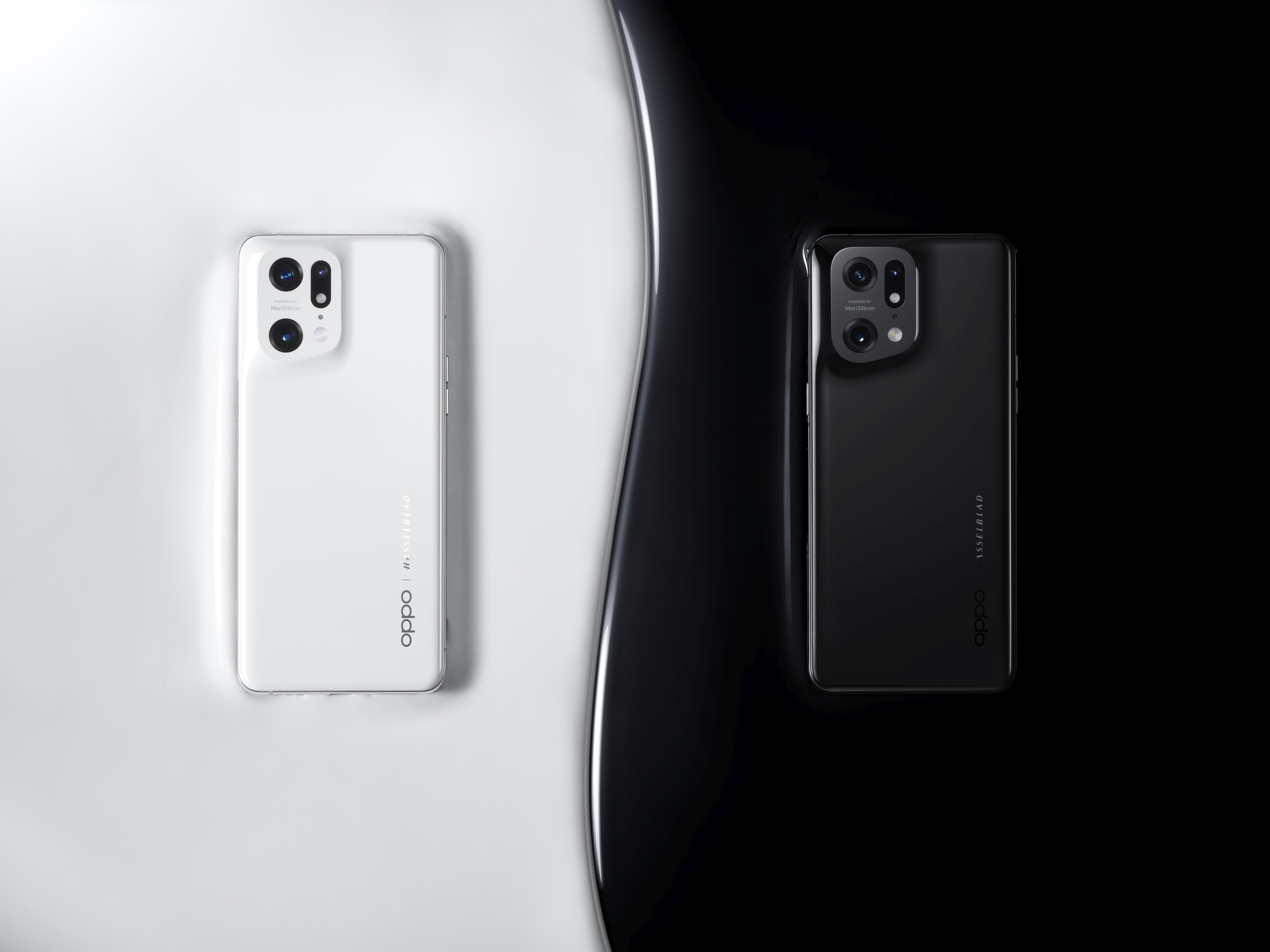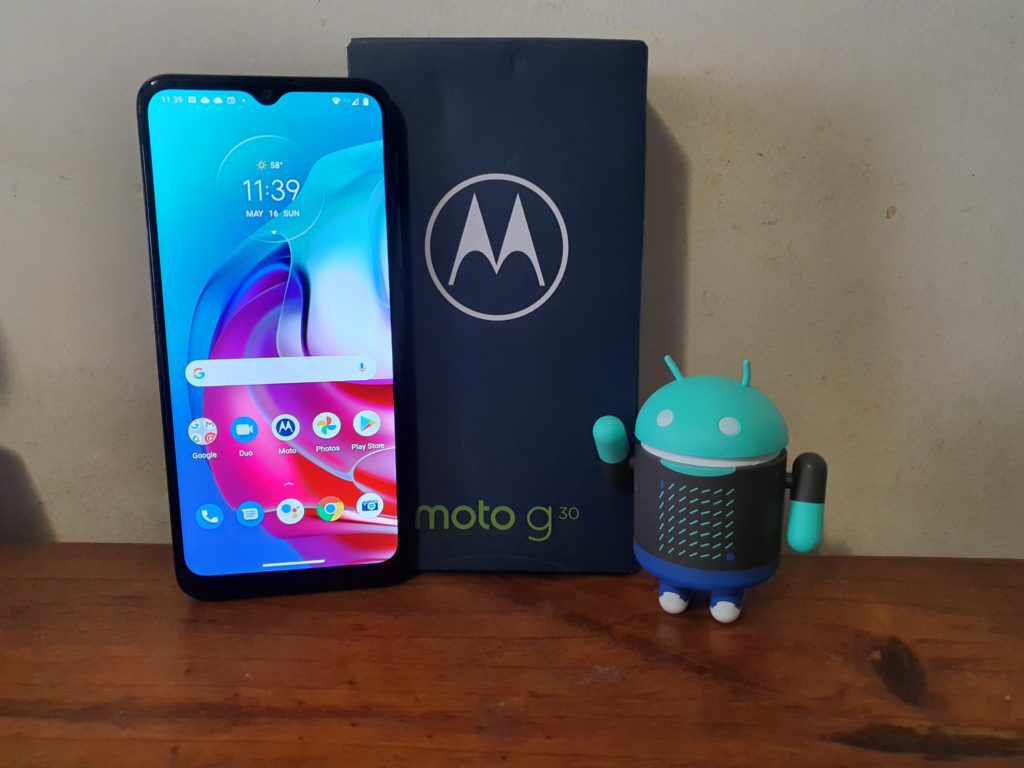There are a lot of phones on the market these days and while price plays a factor, so does the software update lifecycle. In the mobile market, this is nearly as much of a minefield as picking a phone so we’ve compiled a list of what brands offer the best OS and Security patch lifecycle. This is in line with the move in user trends since the beginning of the pandemic towards users keeping phones longer than before making security updates more important than ever.
Samsung currently leads the pack
As part of their commitment to making Samsung phones not just one of the best devices, but on for longevity TM Roh, head of MX Business recently said:
We work hard to bring our Galaxy users innovative mobile experiences that are built to last. And many of our customers are choosing to keep their devices for longer, whether they love their specific smartphone model or want to help contribute to a more sustainable world
It was with this announcement that he confirmed: Samsung will deliver up to 5 years (device dependent) of security updates and four versions of One UI updates to Galaxy devices including tablets.
Google committed to updates
While they’re not at the same level as Samsung for operating system update guarantees, Google isn’t far behind. If you want to keep track of the timeline for Pixel devices, the Google Support page is a great starting place. From a simple perspective, you’ll get 3 full Android version updates and 5 years’ worth of security updates. This has been the case for a while now with the Pixel 3 only recently being dropped from the update list and there’s no reason to suspect Google will change this.
The advantage, of course, that Google has is that they only have a couple of devices each year to update. The carriers (within Australia) don’t have specific variants so there is only a couple of updates to work on and push out annually for the OS and the security updates as they’re ready.
OPPO – You get what you pay for
OPPO makes some really good phones, particularly the Find X series which has impressed year after year with new development and features. Unsurprisingly, the Find series of devices being the “flagship” gets the best update options and they reduce to the OPPO A series of devices. It’s a bit of a mixed bag, but pretty reasonable if you consider the volume of sales and the cost of the devices. Here’s what we’ve pieced together for OPPO devices and the updates you can expect:
- OPPO Find X Series : 2 Android Updates, 4 Years of Security Updates monthly
- OPPO Reno Series: 2 Android Updates, 4 Years of Security Updates quarterly(except Reno 5G)
- OPPO A Series: Selected devices will get 1 Android Update, all devices will get 3 Years of Security Updates quarterly
Nokia – A solid investment
Nokia was one of the first to offer an update guarantee and continue to do so on their devices from release. Simply put: All Nokia Android One smartphones receive 3 years of monthly security updates and 2 years of Android software upgrades as standard.
Motorola – A low, but consistent bar
From what we can track down online, you’ll get the same update options on a very cheap phone or a more expensive mid-range device if you buy a Moto. Users can expect a single OS upgrade (although a second may occur for higher-end devices) and two years of security updates. When you look at the majority of Motorola devices being sub $500 and aimed at users who don’t necessarily expect the updates, they’re delivering on the expectations that have been established for their devices.
TCL – Position clarified, sort of…
TCL has entered the Australian market at an opportunistic time with both LG and Huawei leaving the market. They’re doing some very good and mostly very smart things, but the update policy has been a bit of a mystery until now. We have had in writing from the TCL team that — in accordance with the Google Policy — any devices that make the “Android Enterprise Recommended” list will receive a minimum of one OS update and three years of security updates.
If you want to confirm that your device is on the list, check it out here: Android Enterprise Recommended devices.
Devices that don’t get the Enterprise recommended tick, will be taken on a case by case basis and be based on a business case for the volume of sales for that model.
This article will be maintained over time as we’re notified of policy updates from the manufacturers.










Thanks for this article, Phil. Saves me from making the mistake of getting a Moto.
Their lousy update plans, means no sale.
🙂